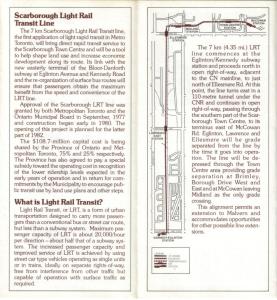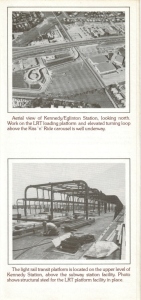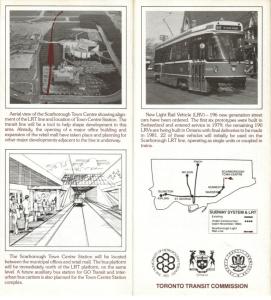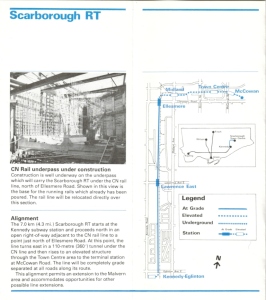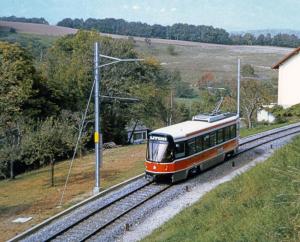Today, January 31, 2009, is the third anniversary of this site. I started out posting a collection of Toronto Film Festival reviews just to get things rolling, but the primary focus here has always been transit.
For a moment, I will indulge my ego and say that the amount of exposure, the references, the cross-links to this site are gratifying. However, you, the readers, contribute a lot with your comments, even those I don’t agree with, because there is a real sense of people caring about how the transportation system in Toronto and surrounding areas should grow and improve.
Indeed, having this ongoing conversation hones my own thoughts on many issues. Would that some politicians and professional transit folk had to undergo the rigour of hourly challenges to their policies and assumptions. Some days here it’s like a non-stop Question Period.
My thanks to all who have contributed and to those who merely drop by to see what’s new.
At the three-year mark, it’s worth looking back at one major post that declared my position on regional transit planning. A Grand Design, published in March 2006, was an attempt to “draw a map” even though I hate doing that sort of thing. The debate can quickly descend into miniscule details of how each line would be built rather than a discussion about the overall philosophy. Some of you will remember excruciatingly long threads where writers battled over the exact alignment, construction techniques and service plans for routes that wouldn’t open for two decades. If I had allowed people to upload images, I am sure we would have debates about the colour of tiles in Barrie subway station.
With the recent publication of Metrolinx’ A Big Move in December 2008, GO Transit’s GO2020 and the TTC’s Transit City plan, I decided to look back at A Grand Design to see how it fared. Before I do, let’s remember the context of January 2006.
- The TTC was still digging out of the Harris legacy, and broad support for transit from Queen’s Park was in the future.
- The GTTA Act (Metrolinx’ enabling legislation) was introduced in the Ontario House in April 2006 and received Royal Assent in June. (Some sections relating to the takeover of GO Transit and other transit operations in the GTAH have not yet been proclaimed.)
- Transit City was unveiled in March 2007.
- MoveOntario 2020 was unveiled in June 2007.
- Metrolinx began serious work on a regional plan in fall 2007 culminating in publication of A Big Move in December 2008.
Also, before appearing to claim all of A Grand Design for myself, I must repeat the acknowledgement from page 1 of the document.
I must acknowledge the many people — professional planners, engineers, transit management and staff, urban thinkers, writers, politicians, transit fans, fellow advocates, friends and even a few political enemies — for the long education they gave me in how cities work and what transit can do.
My own contribution was to show what a consolidated plan might look like, and particularly what one that didn’t assume all the prejudices, political and technical, of how things were done for past decades. Continue reading


